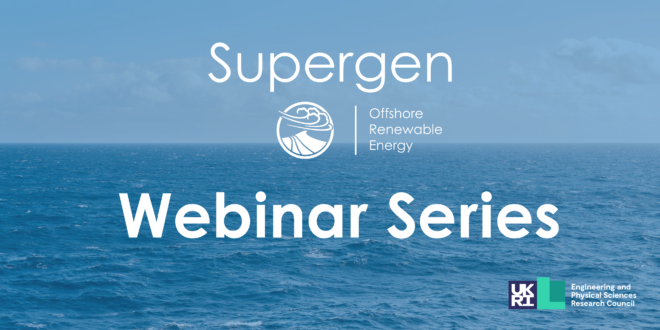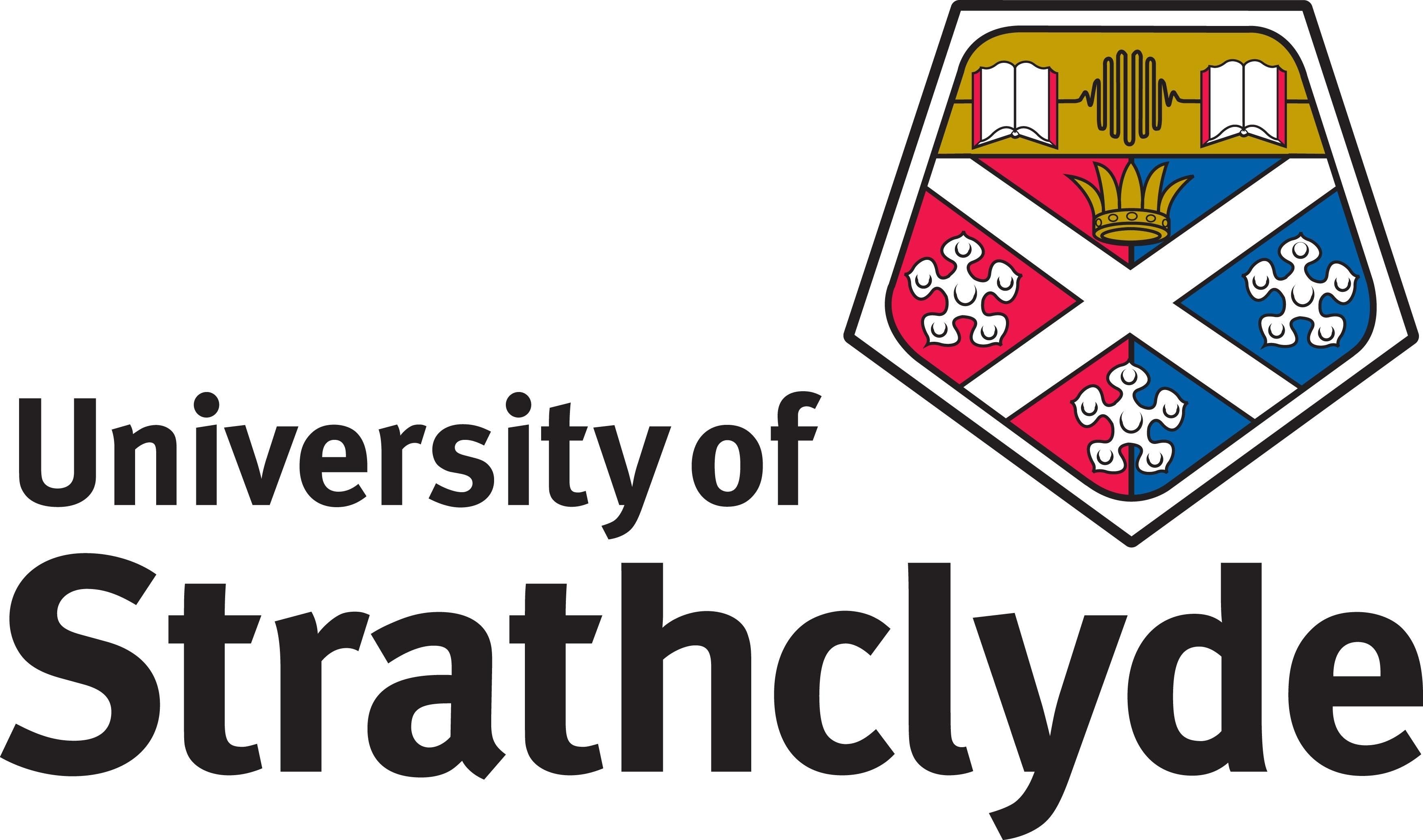The project
Growing demand for renewable forms of energy extraction highlights the essential role of subsea power cables. In 2018, UK’s operational offshore wind farms were using 1,499 km of export and >1,806 km of inter-array cables to transport 6,385 MW of electrical power. 43 array and export cable failures have been reported between 2007 and 2018, resulting from a number of reasons including sediment and sedimentary bedform mobility and accidents from e.g. dredging and benthic fishing.
This proposal is the first to make detailed field measurements of scour development over a section of real subsea cable. Existing assessments of cable scour from state-of-the-art labs and numerical models have provided valuable insight but are inherently limited. This project aims to provide a validated benchmark scenario linking turbulent flow and scour development relevant to ORE subsea cables at local to centimetric scales. To allow industry to apply new knowledge in the development of upscaled lab experiments and numerical models to provide optimised methods for cable protection, particularly where array-scale effects may feedback to and modify seabed mobility over larger areas than expected.
Dr Martin Austin - Principal Investigator
Dr Martin Austin is a Senior Lecturer in Ocean Sciences at Bangor University. Dr Austin is an observational oceanographer and specialises in the hydro- and morpho-dynamics of the inter-tidal and shallow sub-tidal regions of the coastal ocean. Dr Austin graduated from Plymouth University in 2002 with a BSc in Ocean Science and completed his PhD in gravel beach morphodynamics at Loughborough University in 2005. Dr Austin has subsequently been a Post-doctoral Research Fellow at: Plymouth University (2005 - 2007, Cross-shore sediment transport on sandy beaches); Loughborough University (2007, Dust generation on an Arctic pro-glacial flood plain); before returning once again to Plymouth (2007 - 2010, Impacts of offshore wave energy arrays on seabed and shoreline processes; and 2010 - 2013, Dynamics of rip currents and implication for beach safety).











